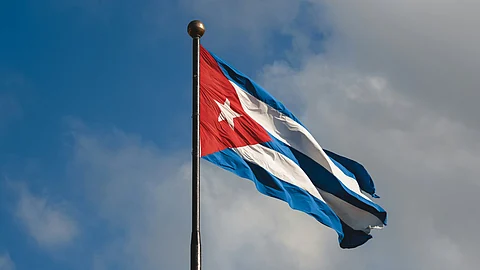Cuba has one of the best doctor-patient ratios in the world, with one doctor for every 155 people, surpassing even Italy and the United States.
Cuban doctors are known for their expertise in vaccine development, biotechnology, and epidemic response. During the COVID-19 pandemic, they developed their own vaccines—Soberana and Abdala—demonstrating their strength in research and public health.
These efforts have made Cuba a global training hub for medical professionals since 1998, with doctors from over 123 countries having studied there. Former UN Secretary-General Ban Ki-moon once praised Cuba’s ELAM medical school as one of the most modern in the world.
Doctors Cuba Sends Around the World
Cuba has 13 medical institutions that produce between 60,000 to 70,000 doctors each year. Many international students come from Latin America, Africa, Asia, and even India.
Cuban doctors receive a fixed government salary, twice the national minimum wage. When posted abroad, they are also paid separately by the countries they serve in.
Despite their high skills, Cuban doctors face financial challenges. As a result, sending doctors abroad has become essential for Cuba’s economy.
Balancing Service and Economic Support
After Venezuela’s political shift in 1998, the two nations established a cooperative exchange: Cuba sends doctors and sports trainers, and Venezuela provides oil and financial aid. Around 21,700 Cuban doctors are currently working there.
Countries like Algeria, Kenya, Uganda, and Brazil also benefit from Cuban medical assistance. In Brazil, doctors receive an additional ₹75,000 per month from the government.


